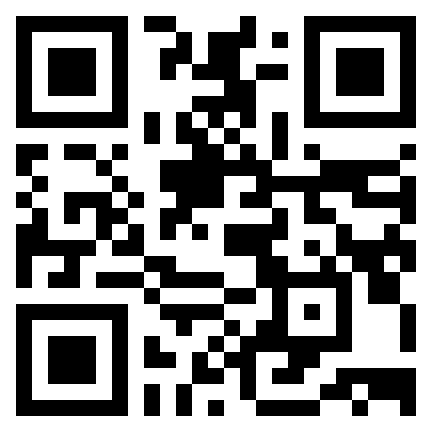The Dinka people, a resilient Nilotic ethnic group, have called South Sudan home for centuries. With settlements stretching along the Nile River from Mangalla-Bor to Renk, they inhabit regions of Bahr el Ghazal, Upper Nile, and the Abyei Area, where the Ngok Dinka reside. According to the 2008 Sudan census, the Dinka population stands at approximately 4.5 million, accounting for 40% of the country's population, making them the largest ethnic tribe in South Sudan.
Known to themselves as Muonyjang (singular) and Jieng (plural), the Dinka trace their origins to the Gezira region, now part of Sudan. During medieval times, this area was governed by the Christian, multi-ethnic kingdom of Alodia, where the Dinka interacted with Nubians, adopting elements of their language. However, the collapse of Alodia in the 13th century forced the Dinka to migrate due to slave raids, conflicts, and droughts.
Historical conflicts with the Nuer over grazing lands and cattle raiding have led to ongoing disputes. Additionally, the Dinka have clashed with the Islamic Arab government in Khartoum due to differences in religion, beliefs, and lifestyle. Notably, Dr. John Garang De Mabior, a prominent Dinka leader, spearheaded the Sudan People's Liberation Army against the government from 1983, resulting in a 21-year civil war.
Following South Sudan's independence, Salva Kiir Mayardit has led the Dinka in a civil war against the Nuer and other groups, who accuse the Dinka of monopolizing power.
The Dinka are renowned for their exceptional height, with an average of 182 centimeters among men, making them one of the tallest populations globally and the leading across Africa. Their rich cultural heritage and deep-rooted pastoral traditions, where livestock play a vital role, are also celebrated. The Dinka's remarkable physical stature and cultural significance make them a notable and fascinating ethnic group!

AABL News Digest
☰
Categories
Recent Posts
- US Service Organization Assists Uganda Family
- Dinka Culture Transcends Challenges
- Hermona Girmay is Miss Washington 2024
- Kidneys from Black donors more likely to be discarded − why?
- Tillman youngest to earn US PhD
- What It’s Like to Have COVID-19
- Merck CEO Lauds Alliance for J&J Covid-19 Vaccine Manufacturing
- Payroll employment falls, unemployment rises in March
- Regional Prototype under Study
- Uganda Equator worth a visit
- Stone of Karegyeya Worth the Side Trip
- Understanding "Herd Immunity"
- Amanda Gorman Steals Inaugural Show
- Proctor & Gamble Sponsors "The Look"
- Kenyan factory transforms into a surgical mask assembly line


